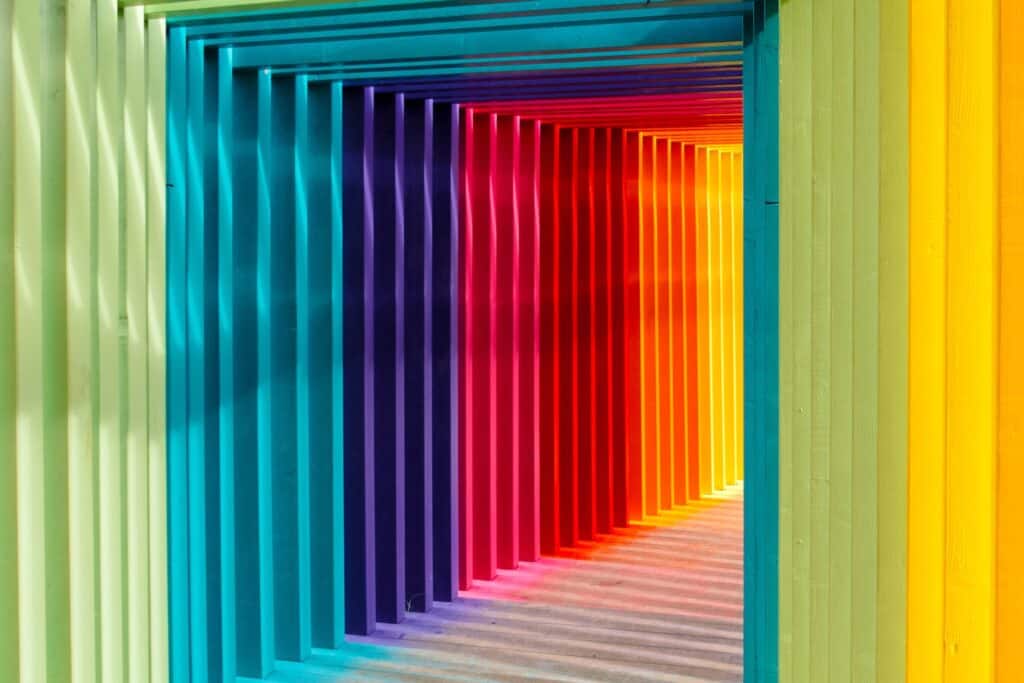When you purchase through links on our site, we may earn an affiliate commission. Here’s how it works.
What Is Color Calibration – Overview
Color calibration is something that helps you to see the most accurate colors. It can be done to measure and adjust some devices’ color response to a known state. Color calibration is an important part of every device related to color-managed workflow.
Color calibration is widely used in photography, television, engineering, gaming, medicine, etc.
What is Color Calibration?
Color calibration is a process that helps image sources like cameras or scanners, monitors, and output like printers to use a similar color standard. It ensures that the range of colors in the image printed on the paper is precisely the same as the image shown on the monitor.
Every screen has a different type of display. So there is no guarantee that if two people look at the same image on separate screens, they will see the same colors. The output will be of a slightly different color on every monitor.
On some monitors, an image can look warm-toned, but the same picture may look cool-toned on a different monitor. If a monitor shows more reddish cast on a picture, another screen may show more green tinge on that same picture.
The color calibrator is a tiny spectrophotometer that hangs in front of the screen. The calibrator companion application can generate different colors and grays for a calibrator to do the measurement when activated. It can correct the colors on the screen with the help of its software and save that as a color profile.
Importance of Color Calibration

What Is Color Calibration – Importance of Color Calibration
If you are not using color calibration in your work, you may not be able to see things as they should be. For example, you are watching a picture of a beautiful and warm sunset with the perfect amount of yellow and orange.
But if your monitor is not color calibrated, the picture can be cold and ruin the entire mood of sunset. Also, without color calibration, you will never be able to get the images you need or want for your work.
Photographers and videographers use color calibration to edit their work to achieve the color and mood they want their final product to be. If the system is not color calibrated, the outcome can be ruined with bad color quality and color cast.
Color calibration is also important in the gaming industry. The developers use it on their monitor to achieve the best color quality for the final output.
Besides the creative field, color calibration is equally important for chemists or scientists to understand their products’ accuracy and properties. Chemists need to see the right color to identify their solutions. Doctors need color-corrected videos and images to perform the right diagnosis (sources).
In this world of technology, color calibration is really important in almost every field and without it, things will be hampered in many ways.
Calibration Techniques and Procedures
The common forms of color calibrations are cameras, scanners, monitors, and printers. In this section, we are going to discuss how they work.
Camera
The camera calibration needs some target to be photographed, and the output converted to color values. The techniques of color mapping are used when more than one camera needs to be calibrated relative to each other.
Scanner
A scanner often requires device-specific color calibration to replicate the original colors accurately. To develop a scanner profile, it needs some target source like IT8 target. The target is generally measured with a photometer.
The scanner can read the original and compare the target reference value with the scanned color value. Then, it creates an ICC profile by taking the differences between those values. This can relate the RGB or device-specific color space to some device-independent color space.
Display
A colorimeter is always attached to a display surface to calibrate a monitor. Here the software can send a series of signals of colors to the display and then starts comparing the values that were originally sent against the reading.
Now the software can develop a correction matrix for the color values or give proper instructions to alter the brightness, contrast, or RGB values, depending on the monitor types and the calibration software.
Printer
The profile for a printer is developed by comparing a test result using the photometer with the original reference file. Every printer needs a device-specific solar calibration to produce the colors of the image color space.
Conclusion
Color calibration is something that can always lead to creative growth. Everyone loves seeing pictures with the right amount of color distribution to create the perfect mood. But color calibration is not only limited to the creative world anymore.
It is extremely important in multiple fields, like science, healthcare, gaming, engineering, etc., to achieve the perfect outcome of all time.
See Also